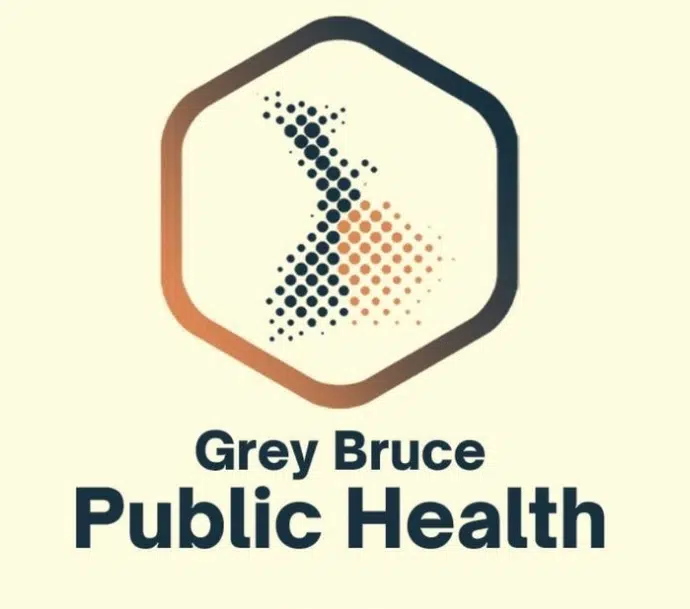In a significant turn of events for public health efforts in Grey-Bruce, opioid poisoning incidents have shown a marked decline as local health authorities unveil their strategic priorities for 2025. This positive shift comes after years of coordinated community response and targeted interventions aimed at addressing the persistent challenges of substance use in the region.
According to data released yesterday by Grey Bruce Public Health, emergency department visits related to opioid poisonings decreased by 17% in the first two quarters of 2024 compared to the same period last year. This represents the first substantial reduction since the beginning of the pandemic, when isolation measures and disrupted support services contributed to a spike in substance use emergencies.
“We’re cautiously optimistic about these preliminary findings,” said Dr. Ian Arra, Medical Officer of Health for Grey Bruce Public Health. “While we’re seeing encouraging trends, we recognize that harm reduction requires sustained effort and community-wide commitment.”
The health unit’s 2025 strategic plan, presented at yesterday’s board meeting, outlines four key priorities: expanding access to naloxone training, increasing supervised consumption services in rural areas, enhancing data collection systems, and strengthening partnerships with Indigenous communities.
These priorities were developed following extensive consultation with community partners, including first responders, addiction specialists, and individuals with lived experience. The approach reflects a growing recognition that harm reduction strategies must be tailored to the unique challenges faced by rural and semi-rural communities.
Owen Sound Mayor Ian Boddy, who serves on the health board, emphasized the importance of destigmatizing substance use disorders. “These are our neighbors, family members, and friends. The decreasing numbers show that when we approach this as a health issue rather than a moral failing, we can make real progress.”
The health unit has secured $1.2 million in provincial funding to support these initiatives, with additional contributions from municipal partners. This represents a 15% increase in dedicated harm reduction funding compared to previous years, according to board documents.
One particularly successful program has been the expansion of the community paramedicine outreach service, which brings harm reduction supplies and support directly to vulnerable individuals. The service, launched as a pilot in 2023, has now been permanently funded and will expand to cover all municipalities within Grey and Bruce counties by early 2025.
“Meeting people where they are—physically and metaphorically—has been a game-changer,” explained paramedic coordinator Sarah Johnston. “Many individuals in our rural communities face transportation barriers that prevent them from accessing traditional services. Our mobile approach eliminates that barrier.”
The report also highlighted ongoing challenges, including the increasing presence of toxic drug supply containing unpredictable combinations of fentanyl, benzodiazepines, and other substances. Public health experts warn that while overdose numbers have decreased, the potency and unpredictability of street drugs remain significant concerns.
Community advocates like James Wilson, who leads a local peer support network, caution against premature celebration. “The numbers are encouraging, but we’re still losing community members,” Wilson noted. “Behind every statistic is a person with dreams, relationships, and potential. Our work continues until that number reaches zero.”
Looking ahead, Grey Bruce Public Health plans to implement a real-time overdose alert system by spring 2025, allowing for more rapid community response when dangerous drug supplies are identified in the region. The system will integrate data from emergency services, hospitals, and community partners to provide comprehensive monitoring.
As the political landscape around substance use continues to evolve, with calls for decriminalization gaining traction in neighboring regions, Grey-Bruce’s evidence-based approach offers valuable insights for other rural communities facing similar challenges. The question remains: can this balanced approach of prevention, treatment, and harm reduction create lasting change in how we address substance use disorders in our communities?










